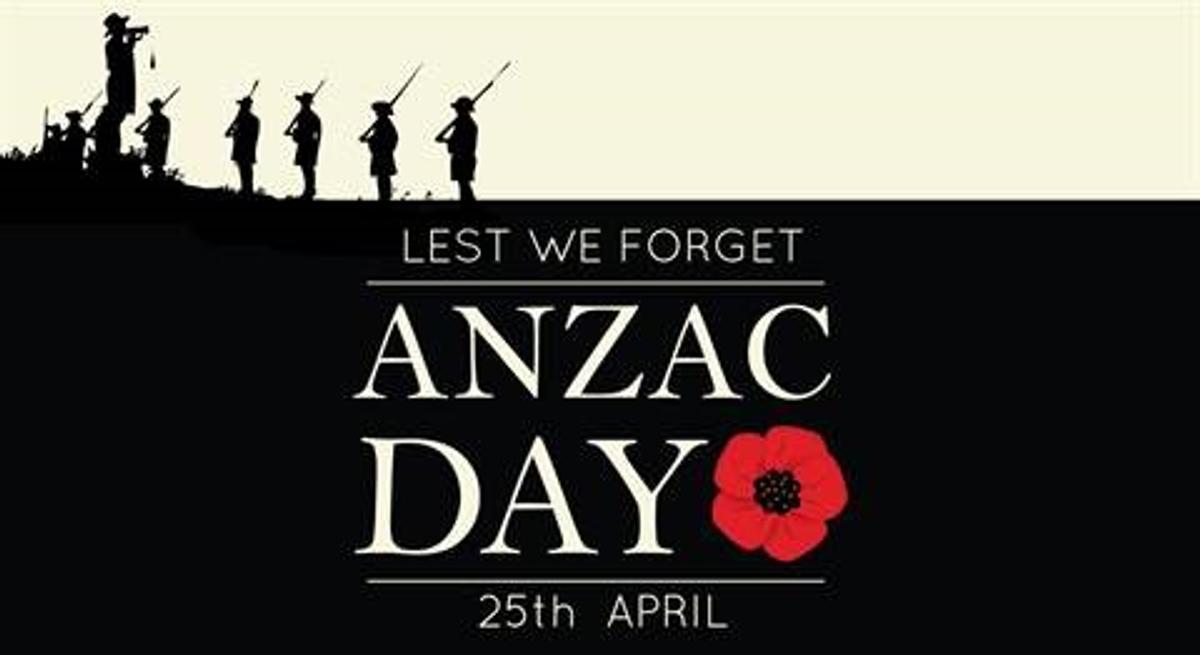Around The College

ANZAC Day 2022 – 107 years on
DID YOU KNOW?
The ANZACs were all volunteers
There is no town called “Gallipoli,” however it is the name of the area. Visitors to Gallipoli usually stay at nearby towns
The last surviving ANZAC was Alec Campbell, who died on May 16, 2002
More than 11,000 ANZACs died at Gallipoli and a further 23,500 were wounded
One of the main causes for the failure at Gallipoli was because the boats carrying soldiers landed in the wrong area. Instead landing at ANZAC cove – where they were met with sharp cliffs and continuous bombardments of gunning and shelling from Turkish soldiers
On December 21st, 1914, John Monash set sail for Egypt en-route to Gallipoli with a 17-ship fleet – spanning over 30km. The cargo ship Monash rode on, named ‘Ulysses’ included 3 horses named Tom, Dick & Harry, and arrived in Egypt on January 31st , 1915.
The first shot of the British empire in WWI was fired from Fort Nepean, Port Phillip Bay on August 5th, 1914, at a German cargo steamer – ‘SS Pfalz’
For the first time in two years – commemorations will be accessible to the general public at the Shrine of Remembrance and on the Gallipoli Peninsula
April 25th on the Gregorian calendar marks a unique date for Australians and New Zealanders. Whether it’s the day off school or work, the clash of the AFL’s two most notorious rivals or simply one’s historical interest, ANZAC Day serves as the trans-Tasman’s most widely celebrated cultural event.
The allied arrival at Gallipoli, stereotypically, has been the reason for ANZAC Day’s celebration, particularly given Australia’s youth in 1914. Inherently, this arrival was to prevent the Ottoman Empire from supporting the Central Powers on the Eastern and Western fronts. Over time, however, the ANZAC legend and its day of commemoration have evolved to encompass much more than our inaugural global conflict (whilst acknowledging the Boer War, where around 16,000 Australians supported British forces).
The Second World War, along with the Korean, Vietnamese and Middle Eastern contests, have more recently called for the appreciation of those who’ve represented our proud nations, even when some political interests remain dubious.
As well as the armed forces, those we consider include the nurses and admin support – flowing through to local civilians and descendants, particularly those who’ve made the ultimate sacrifice.
On this day we wish to recognise their contributions, reflect on their sacrifice and to honour their valuable service, ensuring our safety and security. For to forget those servicemen and women who gave up their lives and dreams is to neglect our identity, our privilege, and our liberty.
BSC Humanities Faculty
Duke of Edinburgh
As part of the Year 9 and 10 elective programs at Brentwood Secondary College, students have the opportunity to complete their Bronze Duke of Edinburgh Award (Year 9) and their Silver Duke of Edinburgh Award (Year 10). Duke of Edinburgh is an internationally recognised award aimed at developing young people’s skills to equip them for life and work.
In 2022, there are 3 classes running at the Bronze level involving 72 students, 1 class running at the Silver level involving 22 students and 2 students completing their Gold level in Year 11.
To successfully achieve the Duke of Edinburgh award, you must complete four sections: Participate in a physical recreation activity, develop, or expand on a skill, partake in voluntary service, and participate in two adventurous journeys. Common examples of activities under these sections include weight training, basketball and soccer (physical rec), cooking, drawing and learning sign language (skill) and sports coaching, charity work and looking after the school’s green areas (voluntary service).
Duke of Edinburgh requires commitment. You need to be organised and committed to the activities under the sections you select. You are required to create a SMART goal for each section; SMART goals should be specific, measurable, attainable, realistic, and timely. For the Bronze Award, out of the three sections (physical recreation, voluntary and skill), you choose one section as your major, meaning you will complete that section over 6 months, The remaining two sections are completed over 3 months. For the Silver Award, the three section are completed over 6 months and for the Gold Award over 12 months.
Each week, students commit to completing one hour for each of the three sections. This activity is recorded into an online record book (ORB). This requires students to be organised with their time and dedicated to writing up the three weekly log entries. This is a great skill to develop for future studies.
Each Award level requires students to complete two adventurous journeys, and at Gold, an additional residential project. For the Bronze Award, students partake in two hikes. The first hike is an overnight hike to Bunyip State Park. The second hike is an intense four-day hike in the Mitchell River National Park. For the Silver Award, students partake in two rafting trips. The first raft takes students along the Upper Yarra River and the second back to raft the Mitchell River. Many students say that these trips are one of the highlight of their school life.
Isha Dabke – Bronze Duke of Edinburgh



